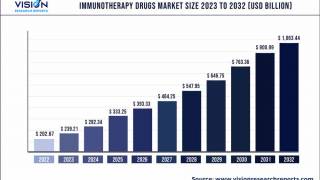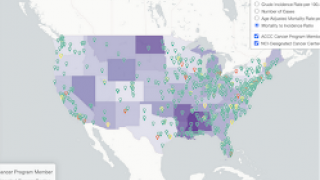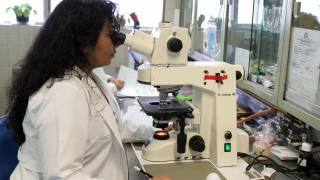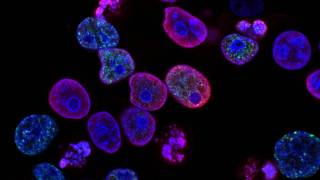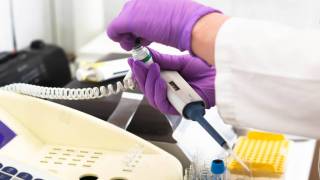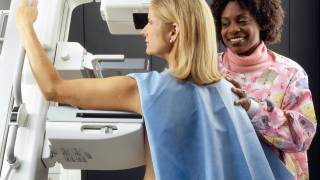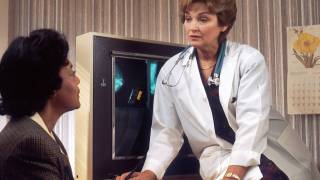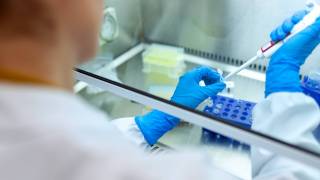Cancer Prevention: Too Few Words Lead to Missed Opportunities

The President’s Cancer Panel November 1, 2018 report says ‘that the underuse of human papillomavirus (HPV) vaccines are a serious but correctable threat to cancer prevention.’
Although HPV vaccine uptake has improved in recent years, the fact remains that less than 48 percent of boys and girls in the United States are fully vaccinated against preventable cancers, said the Panel’s Chair in a letter to the President of the USA.
“With HPV being the most common sexually transmitted infection in the United States, it is important that we as pharmacists are able to educate patients about the virus, its complications, and the benefits of vaccination,” said Alexandria Duffield, Pharm.D. Clinical Pharmacist, MTM and Immunization Specialist for Brookshire Grocery Company.
This updated report describes the modest HPV vaccination progress of just 5 percent per year and presents strategies to reach the Healthy People 2020 goals of 80 percent immunization.
“This 2020 target is achievable with the continued work and support of federal agencies, organizations, healthcare providers, and researchers,” said Barbara K. Rimer, DrPH, MPH.
“However, much work remains to maximize the cancer prevention potential of HPV vaccination,” said Dr. Rimer.
In this new report, the Panel Chair identifies 4 strategies for building on recent progress and overcoming persistent barriers to vaccine uptake, which are as follows:
- Reduce missed clinical opportunities to recommend and administer the vaccine. Provider recommendation is one of the strongest predictors of adolescent HPV vaccine uptake, but some providers give weak or unclear recommendations.
- Increase parents' acceptance of vaccination. Providers should clearly and strongly recommend same-day vaccination of all eligible adolescents.
- Maximize access to HPV vaccination. Systems-level changes that prioritize HPV vaccination and provide easy access to the vaccine also would reduce missed clinical opportunities to recommend and administer the HPV vaccine.
- Promote global uptake of the HPV vaccine. While local cultural factors impact HPV vaccinations, leveraging clinical knowledge would likely have the greatest population-level impact.
In addition, HPV vaccines should be included in the national vaccine programs of low- and middle-income countries, where the vast majority of cervical cancer cases and deaths occur.
"The fact remains, that this vaccine remains seriously underutilized—we are still missing opportunities to prevent cancer and save lives," Dr. Rimer said.
HPV causes nearly 630,000 cancers worldwide each year, including nearly 34,000 in the United States. The majority of these cancers could be prevented by HPV vaccination.
“All stakeholders should continue to engage in and support collaborations to accelerate progress in HPV vaccine uptake,” said Dr. Rimer.
Recently on October 25th, 2018, a new analysis of HPV vaccine digital messaging showed that most online information was too long and written above a ‘main-street’ reading level.
This new study is important since these researchers found that ‘when a parent receives a healthcare provider’s recommendation, it is one of the strongest predictors of future HPV vaccination.’
Previous HPV cancer news:
- Cervical Cancer Screening For HPV-Negative Women Might Stop at Age 55
- Women with hrHPV-positive Cervical Tumors had a 39% Better Prognosis
- MDs Should Focus on HPV Vaccination’s Potential to Prevent Cancers
To easily schedule an HPV vaccination appointment, please visit this page.
The Centers for Disease Control and Prevention (CDC) Vaccine Price List provides HPV vaccine prices for general information.
And vaccine discounts can be found here.
Vaccines, like any medicine, can have side effects, says the CDC. You are encouraged to report negative side effects of vaccines to the FDA or CDC.
Our Trust Standards: Medical Advisory Committee



